Plant breeding is the science of changing the traits of plants in order to produce the desired characteristics. It has been used to improve the quality of nutrition in products for humans and animals.
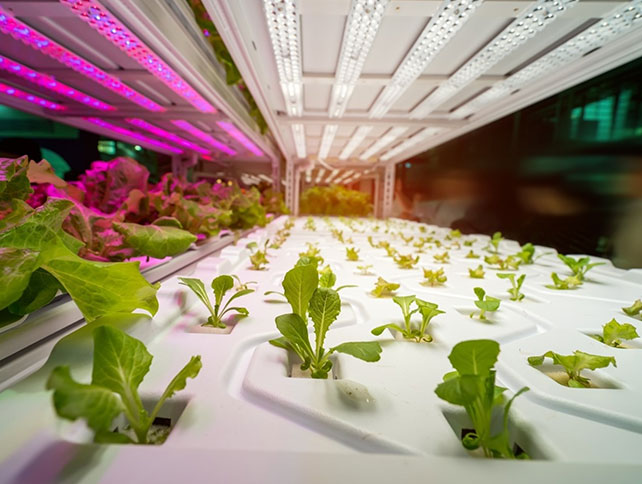
Vine plants, similar to cucumbers and tomatoes, are basically the first choice for all growers to start planting. Due to their unique habits and environmental requirements, growers generally use fences to increase the number of plantations per unit area. This just makes it impossible for the lower part of the plant to get enough light for effective photosynthesis, which makes the yield unsatisfactory.
If you are planting seeds indoors, then your seedlings must have strong light once the first leaves have emerged. Otherwise, they will get leggy and weak, a sure sign they are not getting enough light.
If you have ever grown seeds on a not-so-sunny windowsill or too early in the season, then you have seen how seedlings get tall and spindly and sometimes flop over. In many areas, the winter sun is simply too weak to provide enough natural light.
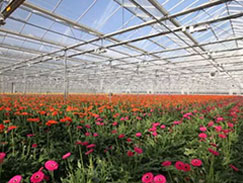
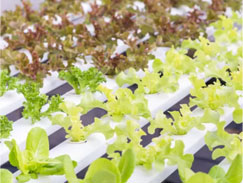
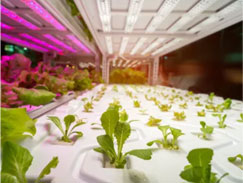
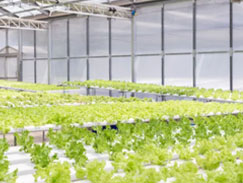
Lighting for seedlings can be a complicated topic, but it doesn't have to be. In this post, I will break it all down, tell you everything you need to know and give you tons of details about how and when to put light on germinated seeds.
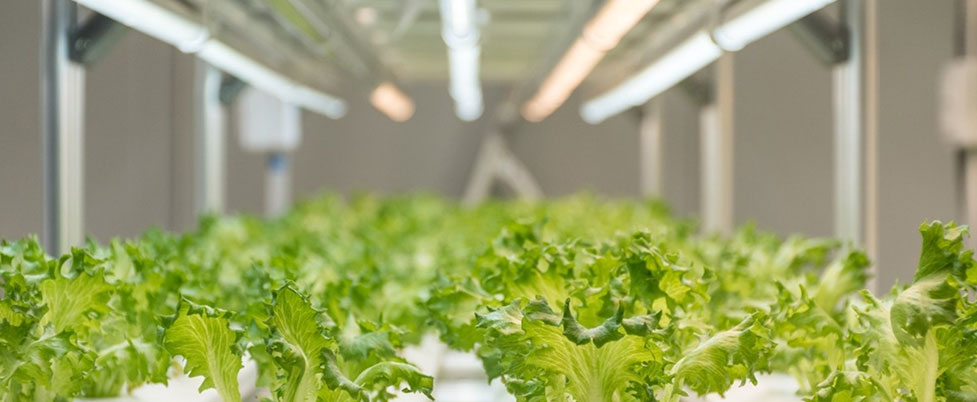
Light color is also referred to as color temperature, with cool light describing the blue end of the spectrum and warm light being the red end.
Sunlight contains the complete spectrum of light, including all colors of the rainbow.
Although plants use the full spectrum for photosynthesis, red and blue light seem to be most critical. Red light stimulates vegetative growth and flowering (but if a plant gets too much, it will become tall and spindly). Blue light regulates plant growth, which makes it ideal for growing foliage plants and short, stocky seedlings (but too much will result in stunted plants).
You can tell which color a grow light produces by looking at its Kelvin rating. Lamps with a rating of 5000 Kelvins will appear bluish, while those with a 2500 Kelvin rating will be reddish.

